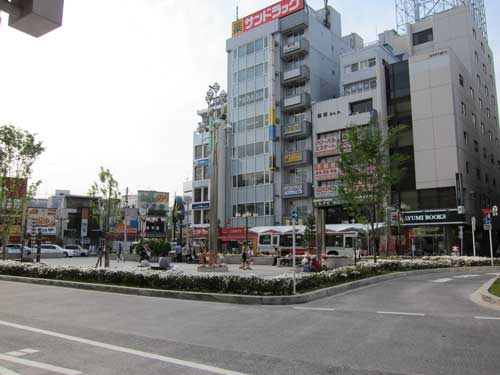
Tokyo is full of empty lots that mark the time between demolition and building. Sometimes they stay empty for more than a year. Most are turned into automated parking lots, some so small they only provide space for a single car. Some in busier neighborhoods get covered in gravel and host crepe shops in a trailer.
The empty lot above, just off Omotesando in Aoyama has three uses: tapioca drinks for sale, vending machines, and ashtrays for smokers. Considering the proximity to so much high-end shopping and so many people, it seems like a vastly under-utilized urban space.
It would be cool to see something more useful in these temporary spaces: energy generators, plants for shade and habitat, edible gardens, nurseries to grow and sell plants, attractive places for relaxation, socializing, and pets. Their design would need to be portable, modular, and generate some minimal income for the owner. Creating a prototype space for these liminal spaces would be a great project for a local government, corporation, or non-traditional marketing company.



